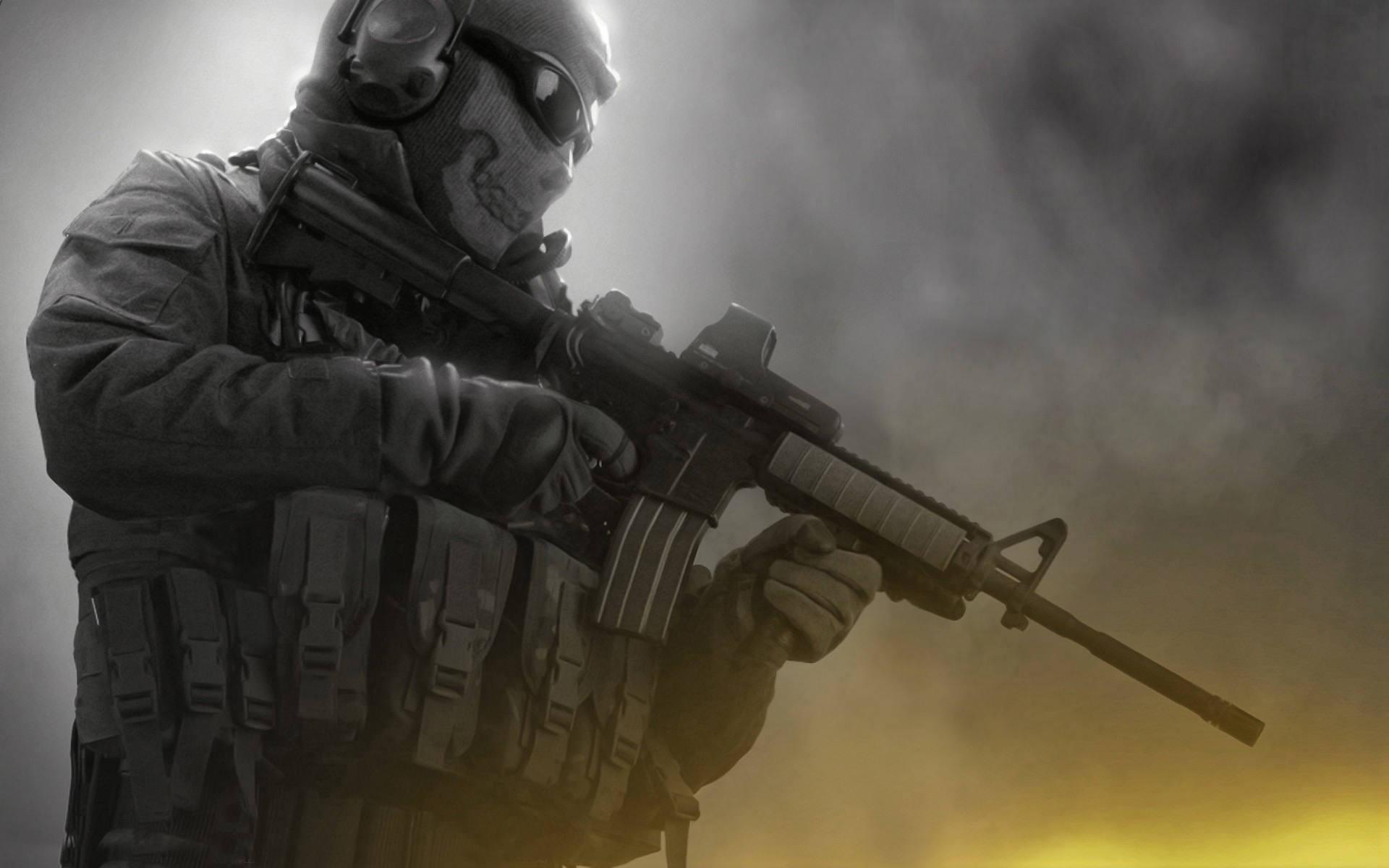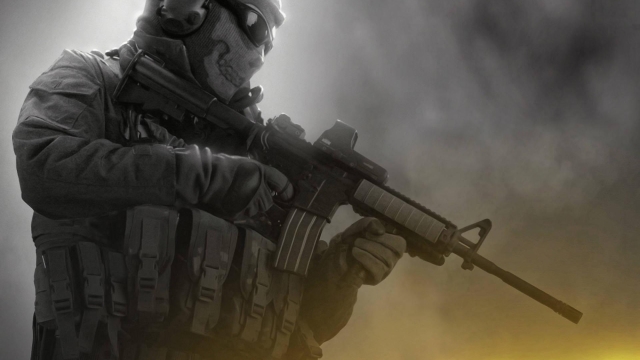In a world where power often lies in the hands of its wielders, firearms have long stood as a testament to the immense potential that resides within us. These intricate machines, meticulously crafted to deliver projectiles with pinpoint precision, have shaped history and continue to play a prominent role in societies across the globe. As we delve into the realm of firearms, we uncover a world where the artistry of design meets the pragmatism of function, where the right ammunition can determine the course of a battle or the protection of individuals. Join us on a journey to explore the power within firearms, as we unravel the intricacies that make them both awe-inspiring and contentious.
Types of Ammunition
The world of firearms is closely tied to the various types of ammunition they utilize. Ammunition plays a crucial role in determining the effectiveness and capabilities of a firearm. From handguns to rifles, each firearm requires a specific type of ammunition to operate safely and efficiently. In this section, we will explore some of the most common types of ammunition used in firearms.
-
Rimfire Ammunition:
Rimfire ammunition is commonly used in smaller firearms, such as pistols and rifles. It gets its name from the priming compound found within the rim of the cartridge base. The firing pin strikes the rim, igniting the priming compound and thus propelling the projectile forward. Rimfire ammunition is typically less powerful and is commonly used for activities such as target shooting and small game hunting. -
Centerfire Ammunition:
Centerfire ammunition is widely used in a variety of firearms, ranging from handguns to rifles and shotguns. Unlike rimfire ammunition, the primer compound is located in the center of the cartridge base. When the firing pin strikes the center of the cartridge, it ignites the primer compound, leading to the ignition of the main propellant charge. This type of ammunition is known for its reliability, power, and versatility. -
Shotgun Shells:
Shotgun shells differ from traditional cartridges used in handguns and rifles. They are specifically designed for shotguns and contain multiple projectiles, typically in the form of small pellets or slugs. Shotgun shells come in various sizes, such as 12 gauge and 20 gauge, and are used for a wide range of applications, including hunting, sport shooting, and self-defense. The versatility of shotgun shells makes them a popular choice for many firearm enthusiasts.
Understanding the different types of ammunition is crucial for firearm enthusiasts and users. Choosing the appropriate ammunition ensures not only optimal performance and accuracy but also safety. With a wide variety of options available, individuals can choose ammunition that suits their specific needs, whether it be recreational shooting, hunting, or self-defense. Remember to always follow the manufacturer’s guidelines and local laws when handling firearms and ammunition.
Different Firearm Categories
In the expansive world of firearms, there are various categories that every enthusiast should be familiar with. These different firearm categories provide options for different purposes, preferences, and levels of expertise. From pistols to rifles, let’s dive into the overview of some popular firearm categories.
First, pistols, also known as handguns, are compact firearms designed to be held and operated with one hand. These firearms are primarily used for self-defense and close-quarters combat. With their smaller size and easy maneuverability, pistols are often the go-to choice for concealed carry and personal protection.
Moving on to shotguns, these firearms are characterized by a smooth bore and are best known for their ability to shoot a cluster of pellets called shot. Shotguns come in various configurations, including pump-action, semi-automatic, and break-action. They are commonly used for hunting, sport shooting, and home defense due to their versatility and formidable stopping power.
Another prominent category is rifles, which are long-barreled firearms designed for precision and accuracy at greater distances. Rifles can be further classified into bolt-action, semi-automatic, or fully automatic variants. These firearms are commonly utilized in hunting, competitive shooting, and military applications. Their longer barrels and specific calibers allow for greater accuracy and range.
Each firearm category has its purpose and advantages, catering to different needs and preferences. Whether it’s a compact pistol for personal protection, a versatile shotgun for multiple purposes, or a precision rifle for long-range engagements, understanding these categories can help passionate enthusiasts make informed decisions when it comes to selecting their firearms. The world of firearms offers a diverse range of options, ensuring there is something out there for everyone.
Safety and Regulations
The safety and regulations surrounding firearms are of utmost importance to ensure the well-being of individuals and society as a whole. With the power they possess, stringent rules and guidelines are crucial in order to minimize the risk of accidents, promote responsible firearm ownership, and prevent firearms from falling into the wrong hands.
One aspect of firearm safety is proper handling and storage. It is essential for gun owners to familiarize themselves with the operation and use of their firearms, as well as to understand and follow all safety protocols. This includes always treating a firearm as if it is loaded, keeping the muzzle pointed in a safe direction, and keeping fingers off the trigger until ready to shoot. Additionally, storing firearms securely and out of reach from unauthorized individuals is vital to prevent accidents and theft.
Firearm regulations vary from country to country and even within different states or regions. These regulations typically cover areas such as licensing and permits, purchasing and selling, transportation, and use in public spaces. By implementing these regulations, authorities aim to ensure that firearms are only obtained and used by responsible individuals who have undergone appropriate background checks, training, and assessment.
In addition to individual responsibility and legal requirements, education and training programs play a significant role in promoting firearm safety and responsible use. These programs provide valuable knowledge about firearms, their proper operation, and safety measures. Firearm owners are encouraged to regularly participate in training courses and workshops to enhance their skills and awareness.
By prioritizing safety and adhering to regulations, we can maintain a balance between individual rights and public safety in the world of firearms. It is through collective effort, responsible ownership, and continuous education that we can create a safer environment for everyone.

